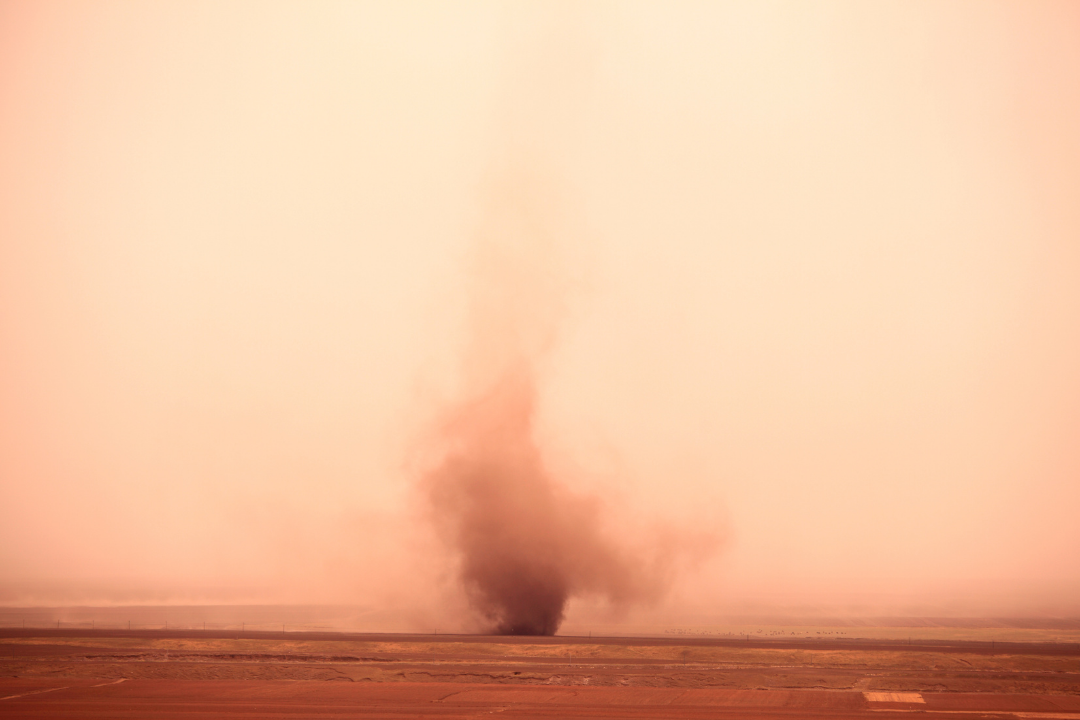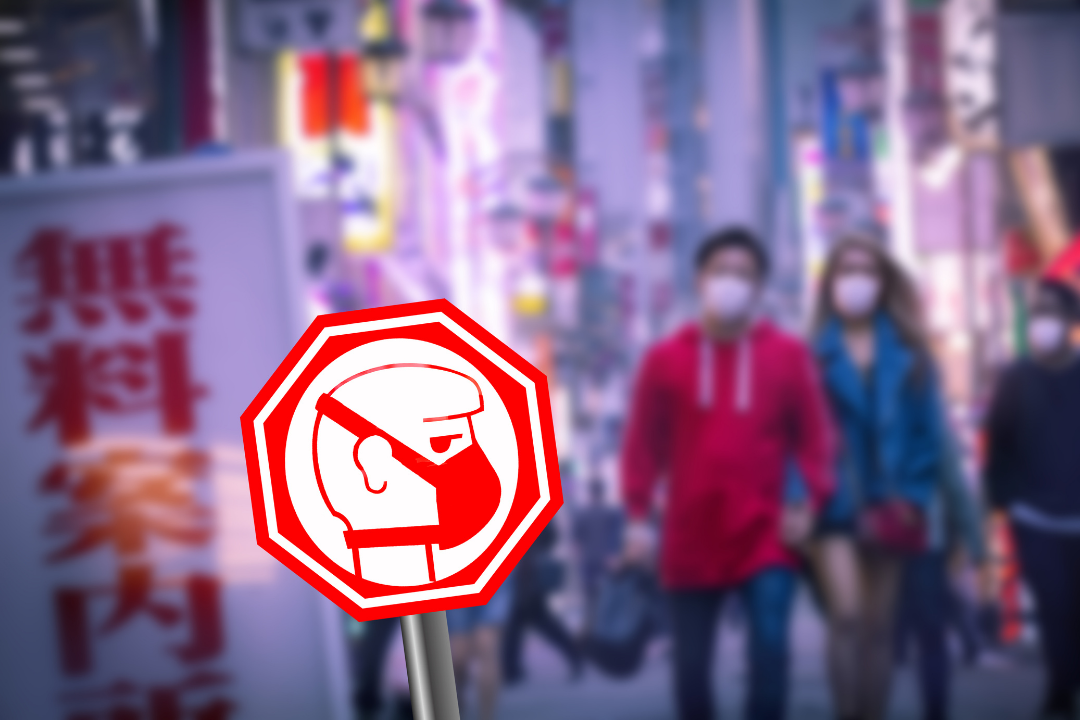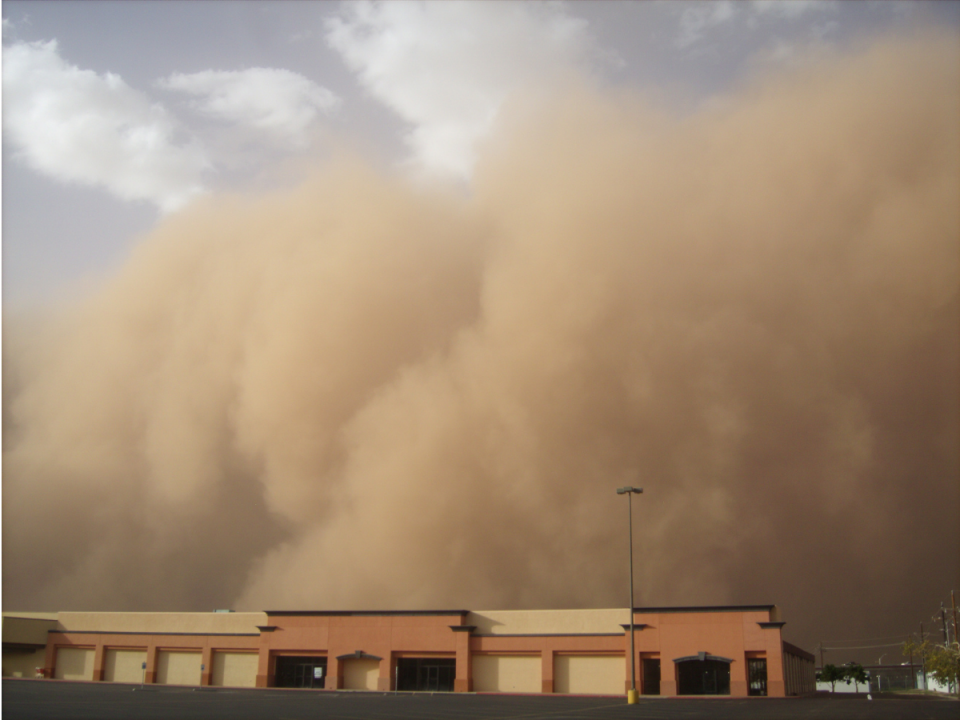As the word “sand” suggests, a sandstorm is a storm involving sand particles. It is a natural calamity like an earthquake or a flood. This phenomenon usually occurs in dry places and semi-arid regions like desserts. The length of the sand wave can be as lowest as 10 feet and as highest as 50 feet. This natural disaster can negatively affect human lives and the environment. This is why you must know how to survive a sandstorm.
Table of Contents
What causes a sandstorm?
Strong winds hold topsoil and dust particles due to the loosened soil or dust strengthening, then vibrating sand particles move across the surface and hit the ground. At one point, these disintegrate and enter the air after breaking into smaller ones.

The primary sand and dust particles pressing against the earth’s surface will break up more particles, causing them to rub against each other. They will multiply and join the existing wind. Brisk winds and bad agricultural practices like the plowing of drylands and unsteady crops are common causes of a sandstorm.
What is the impact on human health?
Most affected individuals complained of burning eyes, throat irritation, skin irritation, sneezing, breathing, or respiratory issues like asthma attacks. Moreover, people with heart or lung problems may even experience wheezing and chest tightness. Such people need to seek medical help from a certified healthcare professional immediately. Children, infants, adolescents, pregnant women, and people older than 65 years are at the risk of becoming victims due to regular exposure to dust.

Are there any exceptions to the effects of the sandstorm?
Even though several adverse effects are mentioned above, it is to be noted that the impact is proportional to one’s current medical condition and also the composition and size of the particles in the storm.
What can you do?
The saying ‘where there is a will, there is a way’ holds when it comes to minimizing the influence of the natural phenomena on your health. You can also follow the below tips:
- Abandon the affected location to find a cleaner environment.
- Close the windows and doors of your residence and avoid stepping out.
- Turn on the air conditioner to recirculate the entered dust.
- Take shelter under air-conditioned premises like a community center, library, or shopping mall.
- Do not exercise if you have respiratory or cardiac concerns.
- Asthma patients must continue medication and consult the doctor if required.
- Purchase and wear masks that can filter out particles to prevent suffocation.
From the above, it can be concluded that sandstorms occur when winds pick up particles of dust, sand, and dirt from the land. As we mentioned, these events can cause damage to the lungs and create other health-related issues for mankind. Moreover, it is one’s duty to follow the above list of tips to reduce the storm’s impact.
Read More:
Cold water immersions: Top 8 benefits on men’s health
